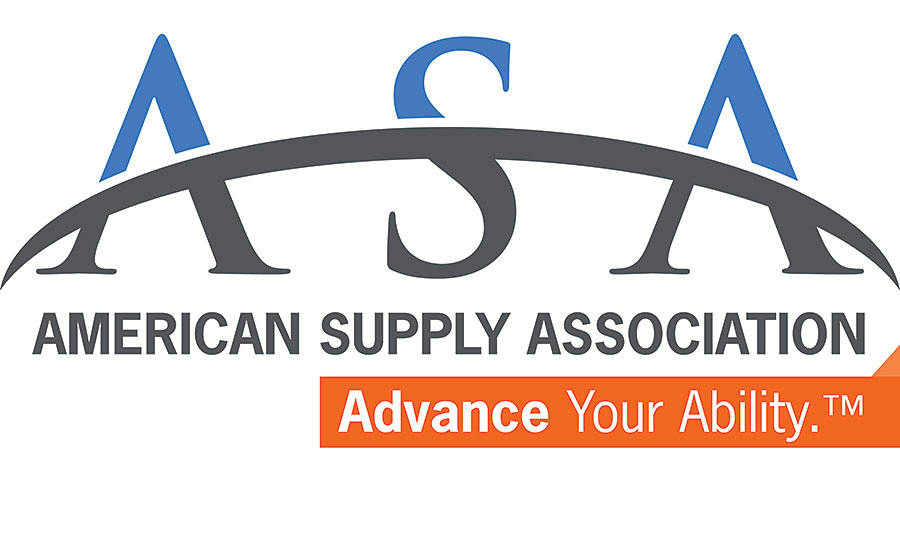The ASA Advisor, produced for American Supply Association members by ITR Economics, shows U.S. industrial production during the 12 months through June was up 2.9% on a year-over-year basis. ITR reports each of the three main components of the industrial economy are expanding at an accelerating pace. U.S. electric and gas utilities production was up 2.6% and U.S. total manufacturing was up 2.0%.
ITR says growth in the industrial economy will persist through the remainder of 2018, but activity will decline mildly in 2019.
ITR notes a data revision by the Bureau of Economic Analysis led it to revise its US real gross domestic product (GDP) forecast. The revision points to activity rising through the remainder of 2018, but the pace of growth will slow through the rest of this year with GDP being relatively flat in 2019.
ITR’s advice is to build up your company’s cash reserves this year before industrial production declines next year. ITR says that strategy will position your company to outbid competitors for resources in 2019 to prepare for growth in 2020.
ITR notes wholesale trade during the 12 months through June was up 7.8% from the same time last year. The first-to-second-quarter gain was 10%, the second-best gain on record for the period. However, ITR says to plan for a slowing growth trend that will form by the end of this year.
The Rotary Rig Count still is increasing, ITR points out, albeit at a slowing pace of rise. ITR says oil and natural-gas demand are fueling the rise in production, keeping pressure on the number of rigs needed. ITR suggests companies should budget for the slowing growth trend to continue into 2019, in line with its expectations for prices and production.
Overall, ITR says to plan for the U.S. industrial economy to transition to a slowing growth trend by the fourth quarter of 2018. ITR’s Consumer Activity Leading Indicator was revised due to a data revision resulting in a milder decline in the overall indicator, however the direction remains unchanged. ITR adds leading indicators suggest business-cycle decline for the macro-economy through at least early 2019, in line with its outlook.
ASA Advisor

Source: American Supply Association/ITR Economics
Looking for a reprint of this article?
From high-res PDFs to custom plaques, order your copy today!





